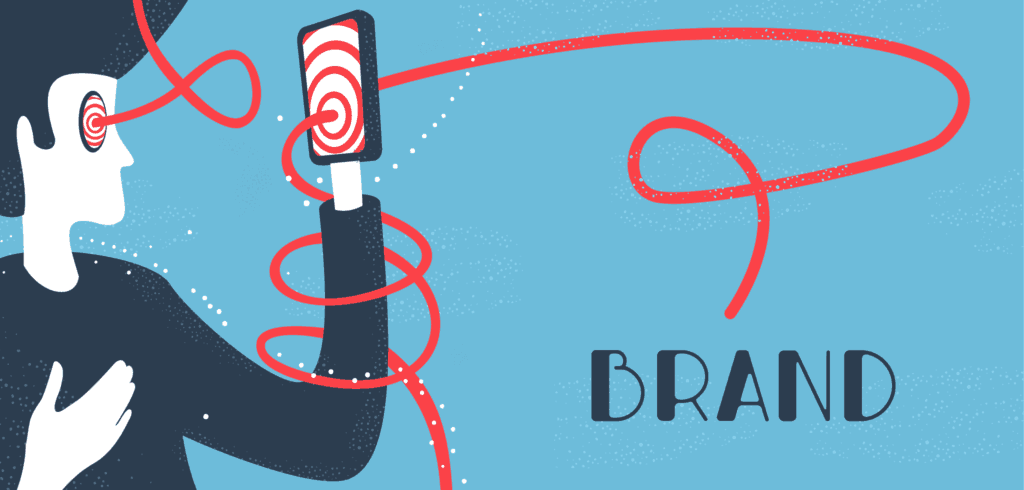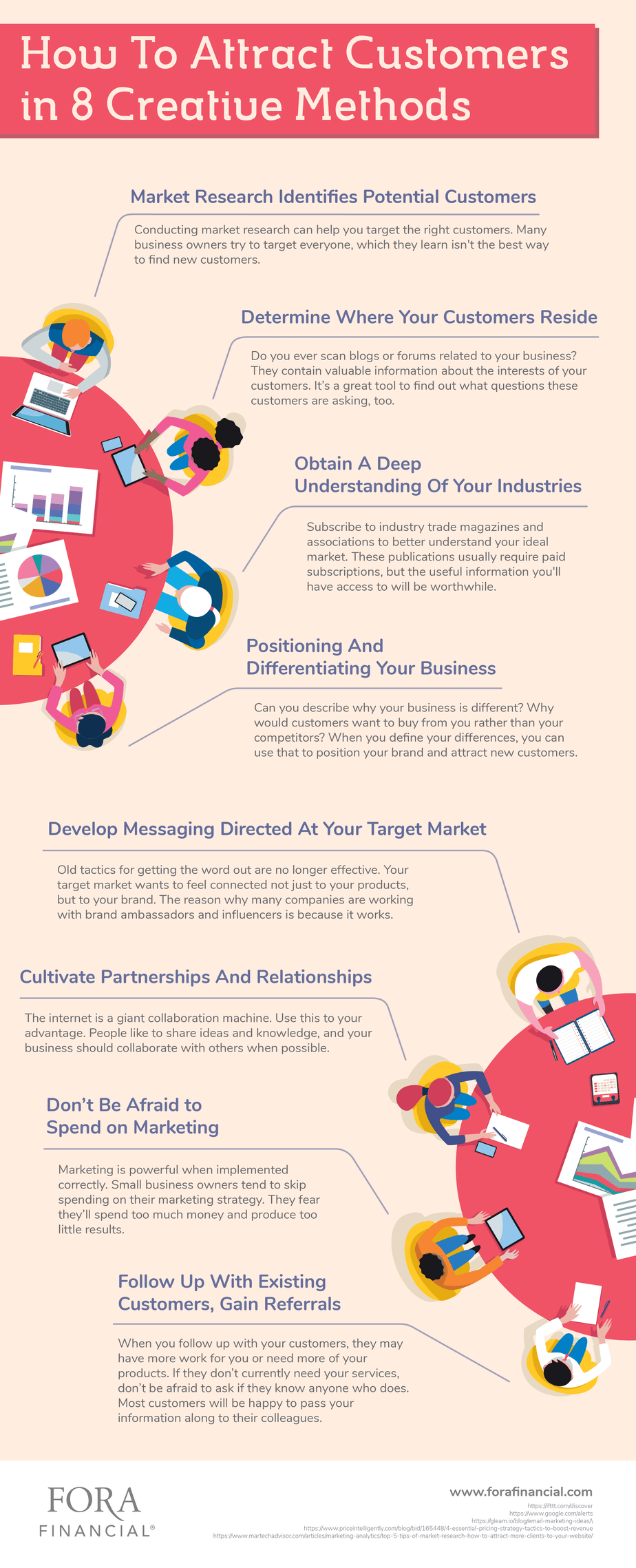February 10, 2020
Dissecting 5 Of The Best Marketing Campaigns In History
In this post, we’ll explore some of the best marketing campaigns in history. These will be easily recognizable, and can help you to create successful marketing campaigns for your own business. Even a small campaign could have big returns!



Good Marketing Is Crucial To Strong Brand Recognition
Good marketing leaves consumers connected to your brand. When that happens, they’ll want to learn more about your brand and the products or services you sell. You may even get lucky enough to have brand ambassadors do the selling for you. When you make a connection with consumers, they’ll be less sensitive to the prices you charge. They recognize the quality of your offerings and may even pay higher prices due to status. The diamond company de Beers is a perfect example of this. Social media allows audiences to further interact with companies. This fact is lost on many companies that try to sell via traditional methods, even on social media. These platforms have the word social in them for a reason. Another critical marketing tool used by businesses is email campaigns. The best email marketing campaigns establish trust with readers who opt-in. Trust is a huge factor when trying to sell products or services. The selling becomes an extension of your message. Companies that incorporate storytelling as part of their marketing strategy can expect to increase brand awareness. People relate to stories as it helps them see that they aren't alone with the problems they face. By showing how your products helped solve problems, you can earn more customers.
The 5 Best Marketing Campaigns In History
The best marketing campaigns featured in this list were chosen for their historical significance. Most of the campaigns helped to redefine the advertising strategies of their industries. Each portrays a simple but powerful message to their target audiences. These messages are unmistakably tied to the brands of the companies. It’s difficult to classify these as the best marketing campaigns of all time, as there are many other contenders. However, these were our top picks!1. De Beers: A Diamond Is Forever
The campaign for diamond company De Beers suggests a diamond is forever. This campaign started in 1948 as a result of declining sales of diamonds due to the Great Depression. Some believe the campaign is what led to diamond engagement rings becoming popular for couples. Prior to this campaign, it was not the norm to buy diamond rings for engagements. It may have redefined the entire diamond industry. By convincing consumers that diamonds last forever, it didn’t take much to convince them that the prices of diamonds should command a high price tag. The company was able to connect diamonds to romance, and this message continues presently. The lackluster sales of diamonds in the 1930s prompted De Beers to enlist advertising company N.W Ayer to help boost the sales and image of diamonds. As part of the campaign, the agency placed diamonds on movie stars and other high-profile people. When consumers see stars wearing diamonds in ads, they become envious. Suddenly, diamonds mattered to the American public. Clearly, the diamond is forever campaign was one that had tremendous staying power that lasts to this day.2. The Old Spice Man
Old Spice needed an image makeover. The past image was out of touch with the modern man and was meant more for the modern man’s grandfather. The makeover was kicked off with a 2010 Super Bowl Ad that launched a viral campaign. Instead of trying to target young men, the new campaign targeted women associated with those men. The campaign shows the Old Spice man telling women that their men can smell as good as him if they use Old Spice products. The Old Spice man is played by Isiah Mustafa, who is also a former football player. The company also paid attention to the reactions of the audience. They shaped future advertising using the same actor to address these reactions. Old Spice was successfully able to lift that image of its products being for older men. Mustafa has become known as the Old Spice man and is instantly recognizable for this role. The company can continue to capitalize on this recognition. In fact, a recent campaign shows the interaction between the Old Spice man and his son. The father (Mustafa) suggests to his son that he use the same Old Spice products as his father. But the son rebels and says he uses a different Old Spice product and that he isn't like his father. It’s a clever way to target a new generation of men. Advertisers took notice of the Old Spice campaign, as it became one of the most viral campaigns in history. It revealed to advertisers that the old ways would no longer work. Younger audiences don’t react to traditional advertising and want the boundaries to be pushed. That was accomplished with this campaign.3. The Blair Witch Project
The Blair Witch Project played off the surprise factor of viewers. The movie was marketed by creating a dedicated website that showed segments of the filmed clips in the form of a documentary. Marketing on the internet wasn’t popular at the time, and social media was only beginning to emerge. The stunt portrayed three film students who disappeared into the woods and captured unexplained events on video. Later, the production company edited the film to make it look as though there was lost footage that “was found.” It was edited to look amateurish by design. Viewers were convinced it was real. Nothing like this project had ever appeared on the internet before, as it was still a relatively new concept for most people at the time. This could explain the success of the campaign. It’s not likely the stunt would work in the same capacity today. Most people would compare any efforts now to the Blair Witch Project. The editors were successful in highlighting what couldn’t be seen and helped to stir the imagination of audiences. That is more powerful than what can be seen. It’s a powerful technique used by the great horror movie maker Alfred Hitchcock. The movie was a low budget one, costing the company $60,000. However, it took in almost $250 million, making it one of Hollywood’s biggest success stories. Many people believe in the supernatural. This belief helped convince viewers that the movie was real.
4. Got Milk?
Milk has been a staple product in most homes for many years. It's something people took for granted. However, participants of a focus group in 1993 were asked to go without milk for a period of a week before gathering as a group. Each participant admitted to feeling deprived of something they had grown used to all their lives. Not having the milk for a week was a big deal. The results of the focus group gave marketers the idea for a marketing campaign. This is what led them to the phrase Got Milk? The marketers further expanded on the concept by getting well-known faces to hold a glass of milk and be shown with a milk mustache. These people included politicians, musicians, sports figures, actors, and even cartoon characters. Consumers couldn’t wait for who would appear next. Magazines and television were still popular advertising mediums at the time the campaign ran. The campaign took advantage of both of them. It’s likely the campaign succeeded due to its simplicity. There wasn’t much needed to be said, just two words, Got Milk? Everyone knew in an instant what was being sold, and it was something people could use. The call to action is the phrase itself. It didn’t hurt to have many high-profile celebrities as endorsers of the product. From Martha Stewart to Elton John, Jessica Alba to Serena Williams, the list is extensive. This campaign appeals to a sense of lacking or missing out. In other words, you love milk, and if you don’t have it, you better go buy it. You don’t want to be without it. And who better to remind you than your favorite celebrity?5. Nike: Just Do It
What do you get when you have an advertising campaign that doubles as a logo? You get a significant marketing effort that has withstood the test of time. Nike’s slogan of Just Do It started in 1988 and continues to hold significance to this day. The Just Do It slogan is synonymous with taking action. What company can help customers take action? A sports clothing company seems to fit the bill. When people see the slogan, they immediately associate it with the company's brand. Recently, Nike faced controversy by running ads featuring football player Colin Kaepernick. His message to viewers is to believe in something, even if you have to sacrifice everything. When Kaepernick played football, he is well-known for kneeling during the national anthem. Some fans boycotted the game and recently have boycotted Nike products. Others, though, applauded the move, of both Kaepernick and Nike. It remains to be seen if the controversy hurts the company. A look at its stock price suggests that it hasn't suffered much from the controversy. Nike isn’t afraid to take chances, which will likely benefit their future marketing campaigns. The sports apparel industry is highly competitive, and the players must have an edge. Nike has gained that edge many times over the years, notably through their Just Do It campaigns.